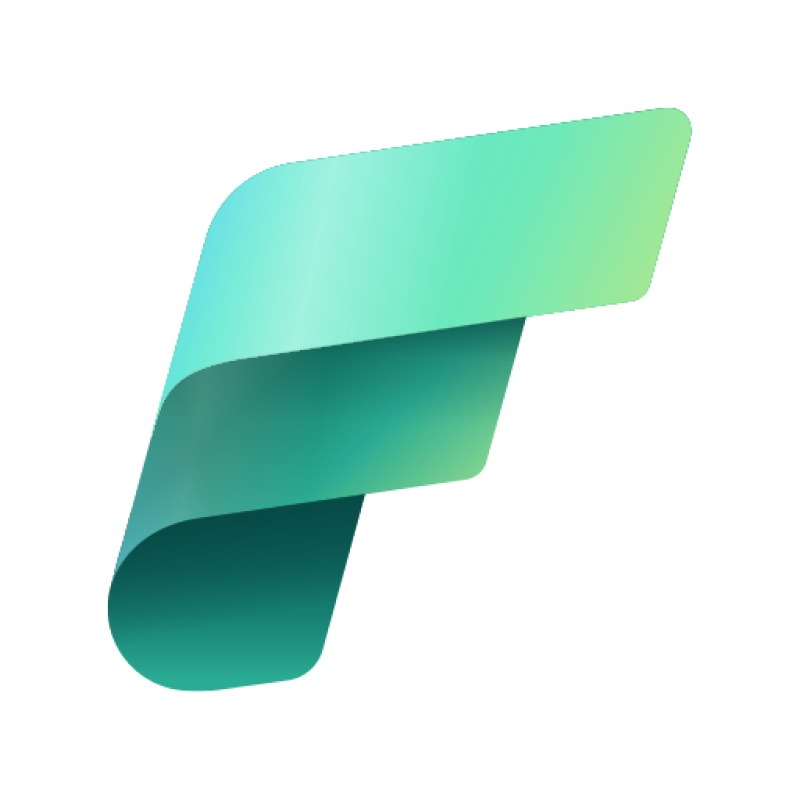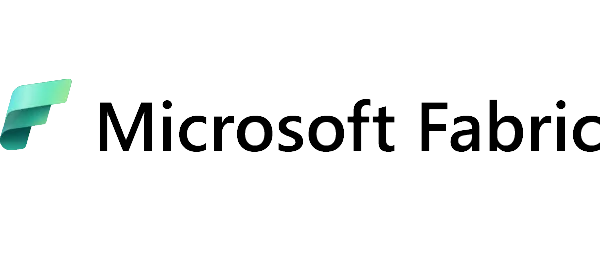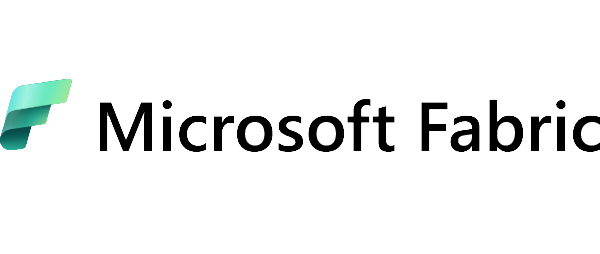In this article, I’ll walk you through what Microsoft Fabric is really used for—and why more and more companies are getting interested in it. We’ll go over its main use cases—from data analysis and reporting, to machine learning, and even real-time team collaboration. You’ll also see real business benefits and B2B examples of how this platform is already making an impact.
If you want to understand how Microsoft Fabric can help organize your data and support smarter decision-making in your company—stick around. This might just be the tool you’ve been looking for.
What Is Microsoft Fabric?
Imagine not having to juggle five different tools just to collect data, process it, and create a report. Instead, you’ve got one environment that does it all. Sounds good? That’s exactly how Microsoft Fabric works.
It’s a modern, end-to-end data platform designed for analytics, IT, and business teams. It combines capabilities from Power BI, Data Factory, OneLake, Data Science, and several other services—but all in one place, under one license.
No more switching between tools or worrying about data consistency. In Microsoft Fabric, everything is connected: data sources, analysis, machine learning models, reports, and team collaboration. One single ecosystem that gives you full control over your company’s data.
Key Use Cases of Microsoft Fabric in Business
Centralized Data – One Source of Truth
Got data in your ERP, some in Excel, some in the cloud, and more in your CRM? Just another day at the office, right? Instead of manually copying data or constantly switching connectors between systems, Microsoft Fabric lets you integrate everything into one central store—OneLake.
With built-in connectors and the Lakehouse model, you can bring data from different sources into a single place, ready for analysis—without quality loss or chaos.
Advanced Data Analysis – No More Manual Transfers
In Power BI, you can build dashboards that automatically pull live data from OneLake—no need to copy, export, or refresh files manually. It all runs in the background.
This gives analysts, sales teams, and finance departments fast access to up-to-date data and enables real-time responses to business changes. That’s not just a time-saver—it’s a competitive advantage.
Data Preparation and Processing – No-Code Automation
Microsoft Fabric includes tools like Dataflows, Pipelines, and Notebooks that allow you to automate data preparation—even if you’re not a developer.
Example? You can set up a dataflow that pulls accounting data every day, cleans it, calculates key metrics, and stores it in your Lakehouse. And you can do all of this without writing a single line of code. Of course, if you have a tech team or partner up with a specialist, you can optimize it even further.
Data Science and AI – Experiment and Deploy Faster
Microsoft Fabric is also a great environment for machine learning teams. With built-in support for Apache Spark and Notebooks, you can build, test, and deploy ML models all in one place.
Want to forecast sales? Segment customers? Analyze user behavior? You can do it all using Fabric Notebooks—while connecting directly to data from OneLake and visualizing results in Power BI.
Real-Time Collaboration – Data for Everyone, Anytime
Fabric isn’t just about tech—it’s about teamwork. You and your team can work on the same data at the same time. Real-time editing, comments, version tracking.
Plus: 24/7 access from any browser or mobile device. It’s secure, scalable, and gives you full control over who can see what and when.
Business Benefits of Using Microsoft Fabric
Ever feel like your data has a life of its own? One system says one thing, another is missing values, and you still end up manually patching everything together in Excel—just to double-check if it’s even accurate. Sound familiar?
Microsoft Fabric was created to end the chaos and streamline the entire data process—from integration to analysis and reporting. And more importantly: it does this while delivering real business value.
Faster Data Analysis
Instead of wasting hours looking for the right file version or waiting on IT to export reports, users get always-up-to-date data at their fingertips—thanks to Power BI and its connection to OneLake.
In practice? That sales report that used to take half a day to prepare now generates automatically. You spend your time analyzing—not copy-pasting.
Better Decisions Based on Consistent Data
With one source of truth—a centralized data platform—everyone in your company sees the same numbers. No discrepancies. No confusion.
Finance says one thing, marketing says another? Not anymore. Microsoft Fabric ensures data consistency, leading to better business decisions and fewer tense meeting moments.
Lower Costs of Managing Multiple Tools
Maintaining five separate systems, licenses, and teams to run them is expensive—both in time and money. Fabric removes that burden by consolidating core analytics and integration tools into one platform.
Fewer tools = less complexity. Which means lower operational costs, simpler processes, and better predictability.
Who Is Microsoft Fabric For?
Wondering if Microsoft Fabric is the right fit for you? If your company uses multiple data sources—like ERP, CRM, and Excel—and every team has its own “version” of the truth, then yes… this is for you.
Microsoft Fabric is ideal for organizations that want to tame their data chaos—whether you’re in BI, controlling, sales, or executive management. With a centralized data model, you can finally be sure that everyone’s working from the same numbers. No more emails like: “Where did you get this data? Mine looks different.”
And what if your company is growing but you don’t want to invest in more servers, databases, or admin teams? Exactly—Microsoft Fabric runs in the cloud and scales with you. No stress, no extra infrastructure investment.
Summary
Is Microsoft Fabric the right solution for your company?
If you’ve ever felt like your data is scattered across systems, and your analysis process feels like last-minute Excel patchwork—Fabric might just be the missing piece.
It’s a modern, end-to-end data platform that brings everything together—from data collection to processing, visualization, and sharing. No need for a complex IT setup. No need to switch between tools. No headaches.
What do you get in return? Flexibility, scalability, and a solution tailored to your needs—whether you’re working on sales analytics, financial controlling, or real-time operational reporting.
Want to see how Microsoft Fabric could work in your company?
Get in touch—we’ll guide you through the entire implementation process, from needs analysis to finished dashboards.



